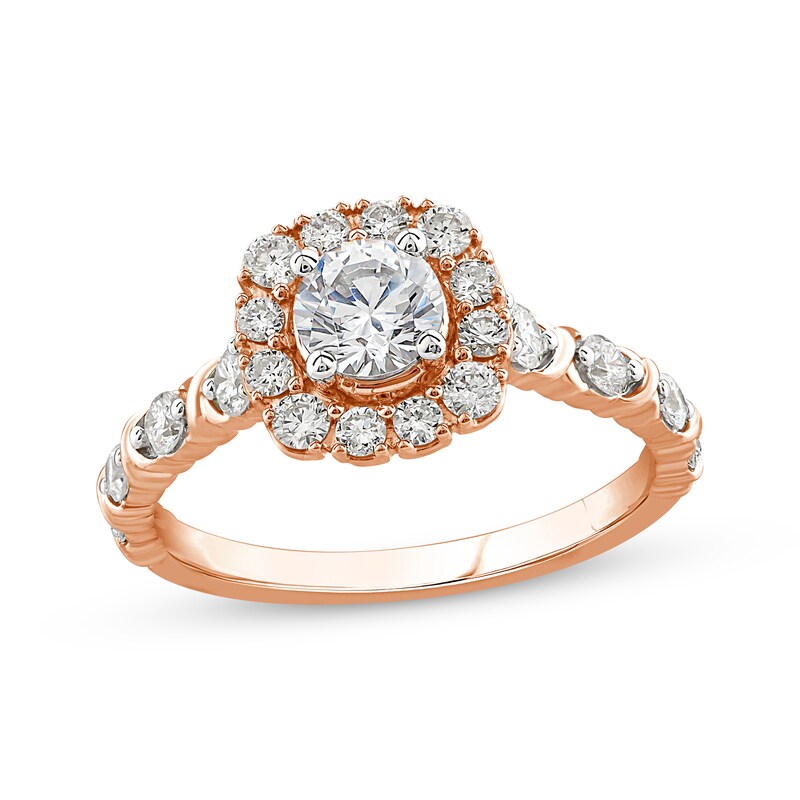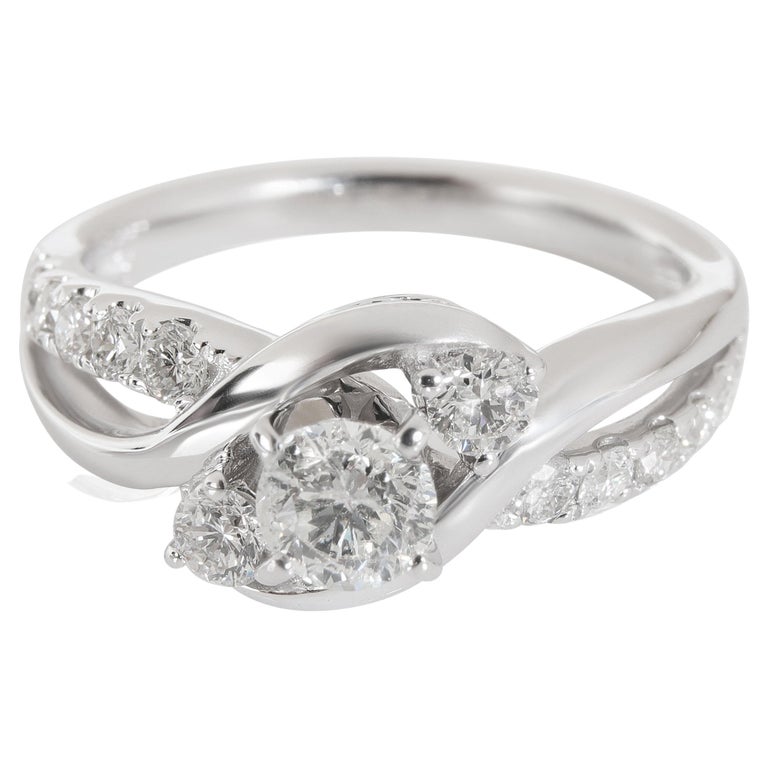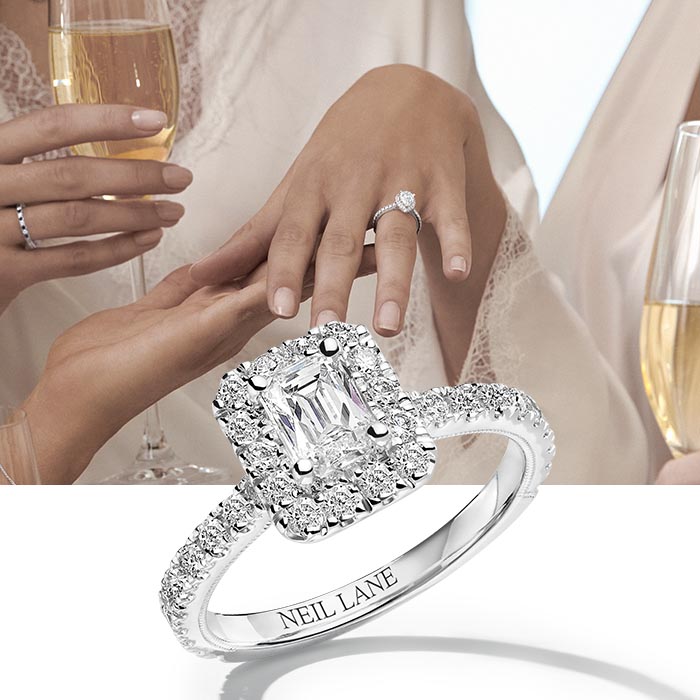Can I Trade In My Ring At Kay Jewelers

For individuals considering an upgrade, a change in style, or simply seeking to liquidate assets, the question of trading in jewelry, specifically rings, at major retailers like Kay Jewelers frequently arises. The policies surrounding ring trade-ins, however, can be complex and contingent upon various factors.
This article will delve into Kay Jewelers' trade-in policies, outlining the conditions under which a ring can be traded in, the potential value offered, and the limitations consumers might encounter. Understanding these policies is crucial for anyone contemplating this option.
Kay Jewelers' Trade-In Policy: The Key Details
The core of Kay Jewelers' trade-in program revolves around their Lifetime Diamond Commitment. This commitment primarily applies to diamond rings purchased directly from Kay Jewelers.
According to Kay Jewelers' official website, the Lifetime Diamond Commitment allows customers to trade in their diamond for a new diamond of at least double the original diamond's value. The original purchase must be verifiable, and the diamond must be in its original mounting.
Furthermore, the trade-in value is based solely on the value of the diamond itself, not the setting or any other gemstones. This means that the value of the setting, side stones, or labor costs are not factored into the trade-in value.
The documentation needed is usually the original receipt or proof of purchase. Without it, trade-in requests are generally denied.
Conditions and Limitations
Several conditions and limitations govern Kay Jewelers' trade-in program. Most significantly, the ring must have been originally purchased from Kay Jewelers.
Rings purchased from other retailers or inherited rings are generally not eligible for trade-in under the Lifetime Diamond Commitment. Additionally, the diamond must be free from damage beyond normal wear and tear.
Moreover, Kay Jewelers requires regular inspection of the ring, typically every six months, to maintain the validity of the Lifetime Diamond Commitment. These inspections must be documented.
Failure to comply with these inspection requirements can void the trade-in eligibility. This is very important.
Alternatives to Trading In
For individuals with rings ineligible for trade-in at Kay Jewelers, several alternative options exist. Selling the ring privately through online marketplaces or consignment shops is one.
These avenues may potentially offer a higher return than trading in, especially for rings with significant setting value or those purchased elsewhere. Another option is to explore local jewelers who may have their own trade-in or consignment programs.
Finally, consider melting the gold or platinum for its intrinsic value, or repurposing the stones into a new piece.
"Understanding the specific terms and conditions of Kay Jewelers' Lifetime Diamond Commitment is crucial for a smooth and satisfactory trade-in experience," says a jewelry industry analyst.
Seeking an independent appraisal before pursuing any trade-in option is generally advisable. This provides a clear understanding of the ring's fair market value.
This knowledge empowers consumers to negotiate effectively and make informed decisions.
Impact on Consumers
Kay Jewelers' trade-in policy, while limited in scope, provides a pathway for customers to upgrade their diamond jewelry. However, the stringent requirements and focus on the diamond's value alone can be a disadvantage.
Consumers should carefully weigh the potential benefits against the limitations before proceeding. Exploring alternative options ensures that individuals can maximize the value received for their rings.
Ultimately, informed decision-making is essential when considering a ring trade-in, whether at Kay Jewelers or elsewhere.


















